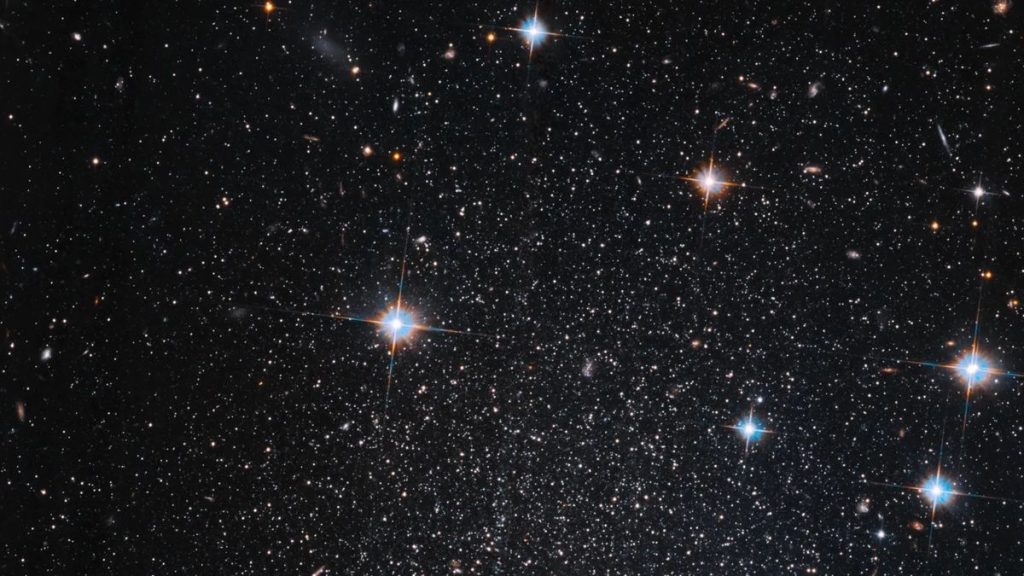
Hubble Telescope spies a very sparkly mini-galaxy (image) (Image Credit: Space.com)
New images released by NASA’s Hubble Space Telescope are of the Pegasus Dwarf spheroidal galaxy, also known as Andromeda VI.
Pegasus is located in the Andromeda Galaxy, also called Messier 31, which is the Milky Way’s closest neighbour at about 2,480,000 light-years away from Earth. As such, Andromeda is one of the few galaxies visible to the naked eye — best observed in November.
The images were captured as part of a re-examination of the entire Andromeda system, meant to gather further information to answer long-standing questions related to dark matter, reionization and the growth of galactic ecosystems across cosmic time, according to a NASA statement.
The Andromeda galaxy is host to at least 13 dwarf galaxies that orbit around it, one of which is the Pegasus Dwarf spheroidal galaxy. Pegasus was first identified in 1998 thanks to the sharp eyes of an amateur astronomer. It almost slipped notice due to the dim nature and relatively small sizes of dwarf spheroidal galaxies like this one.
Related: Hubble telescope captures stunning shot of spiral galaxy (photo)
Pegasus, and galaxies like it, contain very few “heavy” elements — elements heavier than helium, such as carbon, oxygen and iron — suggesting it hasn’t experienced many cycles of star formation. In more evolved galaxies, the birth and death of stars results in a chemical enrichment, also known as a galaxy’s chemical evolution.
However, these dwarf spheroidal galaxies — which are generally devoid of gas and experience very little new star formation — are instead populated by old and intermediate-age stars. It is possible that Andromeda’s massive gravitational field may have stripped the star-forming gases from Pegasus, leaving only enough material for a few generations of stars.
“In comparison, some of the dwarf spheroidal companion galaxies of the Milky Way found at comparable distances do contain some intermediate-age stars, but this could be because Andromeda is so massive and extended that its gravitational effects extend farther,” NASA scientists explain.
Pegasus is therefore likely a fossil of the first galaxies, making it a valuable subject for studying the ancient universe.





